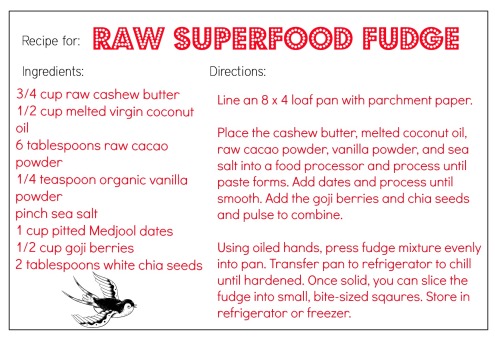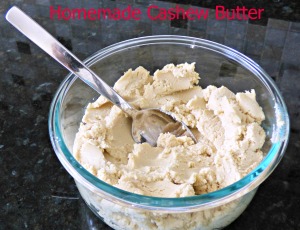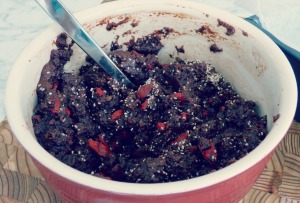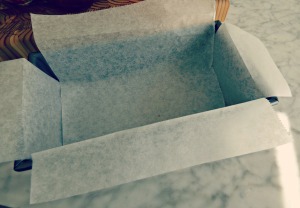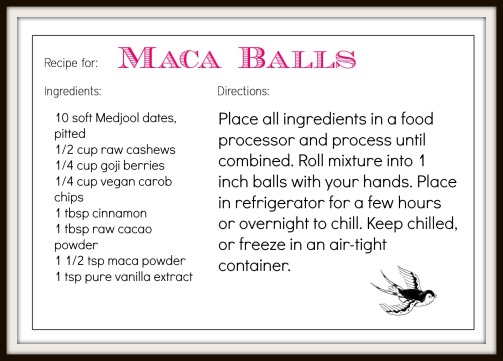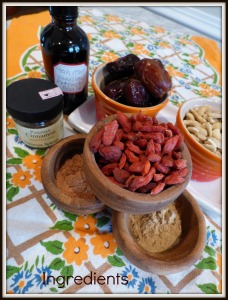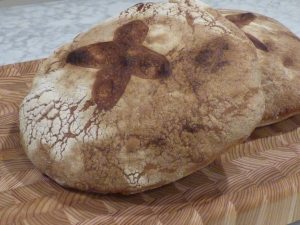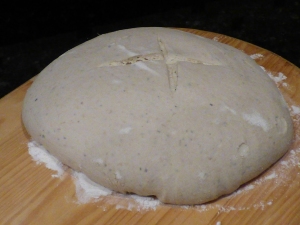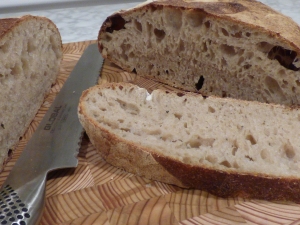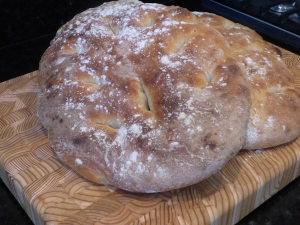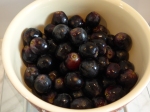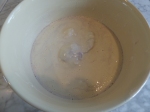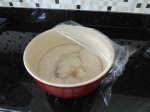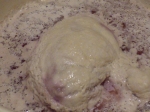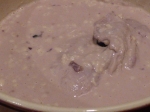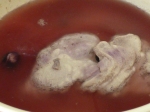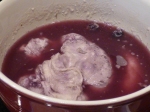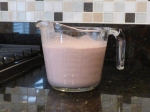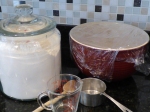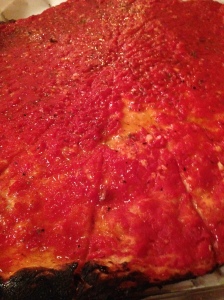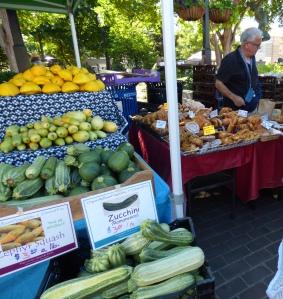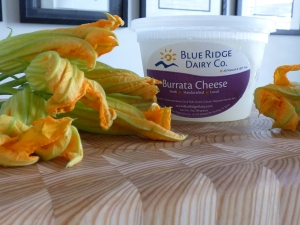
The Next Best Thing to Pizzeria Mozza’s Pizza
Now that I’m off for the summer, Raj has been on my back to up my pizza game. After ten years of our traditional ‘Friday Night Pizza,’ (red sauce, mozzarella ,and pepperoni) he’s been craving something different—a nicer way of saying he wants something better.
At Christmas time, we had the pleasure of stopping by Pizzeria Mozza in Newport Beach to get our Mozza fix, and since then Mozza has been on the mind—so much so that my dad’s father’s day gift was a gift card to eat there. (Never mind the fact that my dad liked the pizza, but thought it was overpriced!)
My last venture with anything related to Nancy Silverton’s bread making was years ago when I purchased her Breads from the La Brea Bakery: Recipes for the Connoisseur. The fact that the title uses the word connoisseur should have been reason enough not to buy the book, but I did. And I was scared of every recipe in it because it requires a ‘starter,’ which takes 14 days to grow, not to mention you need to feed the starter three times a day for the rest of your baking life. Or it dies!
Anyway, despite my trepidation to any recipe related to bread baking and Nancy Silverton, I recently bought the Mozza Cookbook with the lofty goal of making a better pizza to get out of our pizza rut.
I decided to make the traditional Margherita: mozzarella, tomato, and basil, using the Passata di Pompodoro recipe for the tomato sauce, as the test pizza. Nothing fancy or exotic, just the basics.
The pizza was awesome, but this is not a recipe every Friday night. Making this pizza took most of my afternoon (getting in the way of SUP’ing, yoga, and relaxing), but it was worth the effort. The dough makes six individual pizzas, but I cut it in half and made one large pizza and froze the rest. Next time, I’ll make the dough thinner because just letting it sit for ten minutes before cooking while the oven was heating caused the dough to ‘proof’ a little bit more causing it to be kind of thick crusted, which was not what I was going for. Anyway, here’s the recipe for the dough, the sauce, and the Margherita pizza.
Stay tuned for this weekend’s pizza, squash blossoms, tomato, and burrata.
Mozza Pizza Dough
Makes enough dough for 6 pizzas; each pizza serves 1
Ingredients
•22 ounces warm tap water (2 cups, 6 ounces)
•1⁄2 ounce (1 Tbsp) compressed yeast or 1 tsp active dry yeast
•26 ounces unbleached bread flour, plus more as needed
•1⁄2 ounce (1 Tbsp) dark rye flour or medium rye flour
•1 1⁄2 tsp wheat germ
•1 1⁄2 tsp barley malt or mild-flavored honey, such as clover or wildflower
•1⁄2 ounce (1 Tbsp) kosher salt
•Olive oil, grape seed oil, or another neutral flavored oil, such as canola oil, for greasing the bowl
Directions
1. To make the sponge, put 15 ounces of the water and the yeast in the bowl of a standing mixer and let it sit for a few minutes to dissolve the yeast. Add 13 ounces of the bread flour, the rye flour, and the wheat germ. Stir with a wooden spoon to combine the ingredients. Wrap the bowl tightly in plastic wrap and tightly wrap the perimeter of the bowl with kitchen twine or another piece of plastic wrap to further seal the bowl. Set the dough aside at room temperature (ideally 68 to 70 degrees) for 1 1⁄2 hours.
2. Uncover the bowl and add the remaining 7 ounces of water, the remaining 13 ounces of bread flour, and the barley malt. Fit the mixer with a dough hook, place the bowl on the mixer stand, and mix the dough on low-speed for 2 minutes. Add the salt and mix on medium speed for 6 to 8 minutes, until the dough starts to pull away from the sides of the bowl. Note that the dough will not pull so much that it completely cleans the bowl, but if the dough is too sticky and is not pulling away from the sides at all, throw a small handful of flour into the bowl to make it less sticky. While the dough is mixing, lightly grease with olive oil a bowl large enough to hold the dough when it doubles in size. Turn the dough out of the mixer into the oiled bowl. Wrap the bowl as before. Set the dough aside at room temperature for 45 minutes. Dust your work surface lightly with flour and turn the dough out onto the floured surface. Acting as if the round has four sides, fold the edges of the dough toward the center. Turn the dough over and return it, folded side down, to the bowl. Cover the bowl again with plastic wrap and set it aside for 45 minutes.
3. Dust your work surface again lightly with flour and turn the dough out onto the floured surface. Divide the dough into six equal segments, each weighing approximately 7 ounces. Gently tuck the edges of each round of dough under itself. Cover the dough rounds with a clean dishtowel and let them rest for 5 minutes.
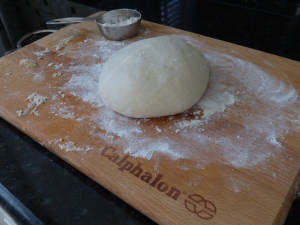
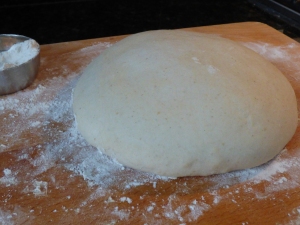
4. Lightly flour your hands and use both hands to gather each round of dough into a taut ball. Dust a baking sheet generously with flour and place the dough rounds on the baking sheet. Cover the baking sheet with the dishtowel and set them again at room temperature for 1 hour to proof the dough. (Or leave the dough on the counter to proof instead.)
Passata di Pomodoro
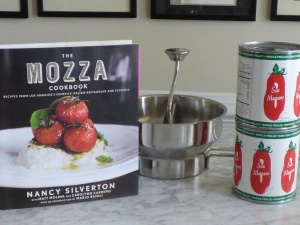
Ingredients
•2 28-ounce cans whole peeled plum tomatoes, including their juices (such as San Marzano)
•1/4 cup extra virgin olive oil
•1 tablespoon sugar, plus more as desired
• 1 scant tablespoon kosher salt
• 1 heaping teaspoon freshly ground black pepper
Directions
1. Pass the tomatoes, including their juices, through a food mill into a large bowl.

2. Heat the oil in a large sauté pan over medium-high heat until the oil is almost smoking and slides easily in the pan, 2 to 3 minutes. Add the tomato purée slowly as it will splatter when it hits the oil. Stir in the sugar, salt, and pepper, and cook until the sauce thickens slightly, about 30 minutes.
3. Use the passata or set it aside to cool to room temperature, then transfer it to an airtight container and refrigerate for up to several days or freeze for up to several months.
Margherita: Mozzarella, Tomato, and Basil
Ingredients
•1 round of pizza dough
•1 tablespoon extra virgin olive oil
•Kosher salt
•1/4 cup Passata di Pompodoro
•3 ounces low moisture mozzarella, cut into 6 clumps
•Finishing quality extra virgin olive oil, about 1 tablespoon
•fresh basil leaves
Directions
1. Prepare and stretch the dough and preheat oven to 500 degrees. Brush the rim of the dough with olive oil and season the entire surface with salt. Ladle the sauce onto the center of the dough, spreading out sauce leaving 1-inch rim without any sauce. Scatter pieces of cheese over the pizza, slide into the oven, and bake until the cheese is melted and the crust is golden brown and crispy, about 8 to 12 minutes. Remove the pizza from the oven and cut into quarters. Drizzle the pizza with the finishing qua lit olive oil, snip the basil leaves over the top, and serve.



